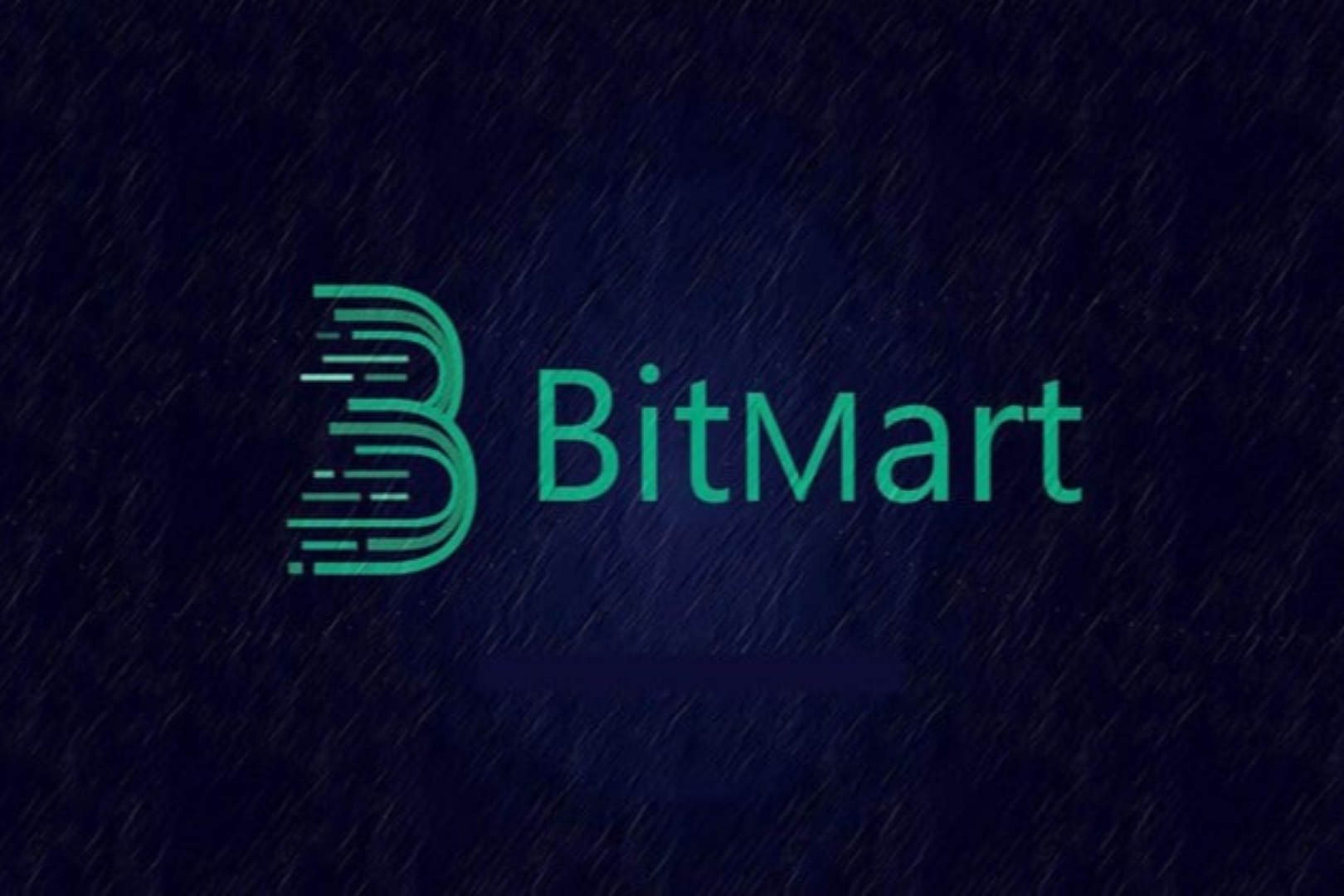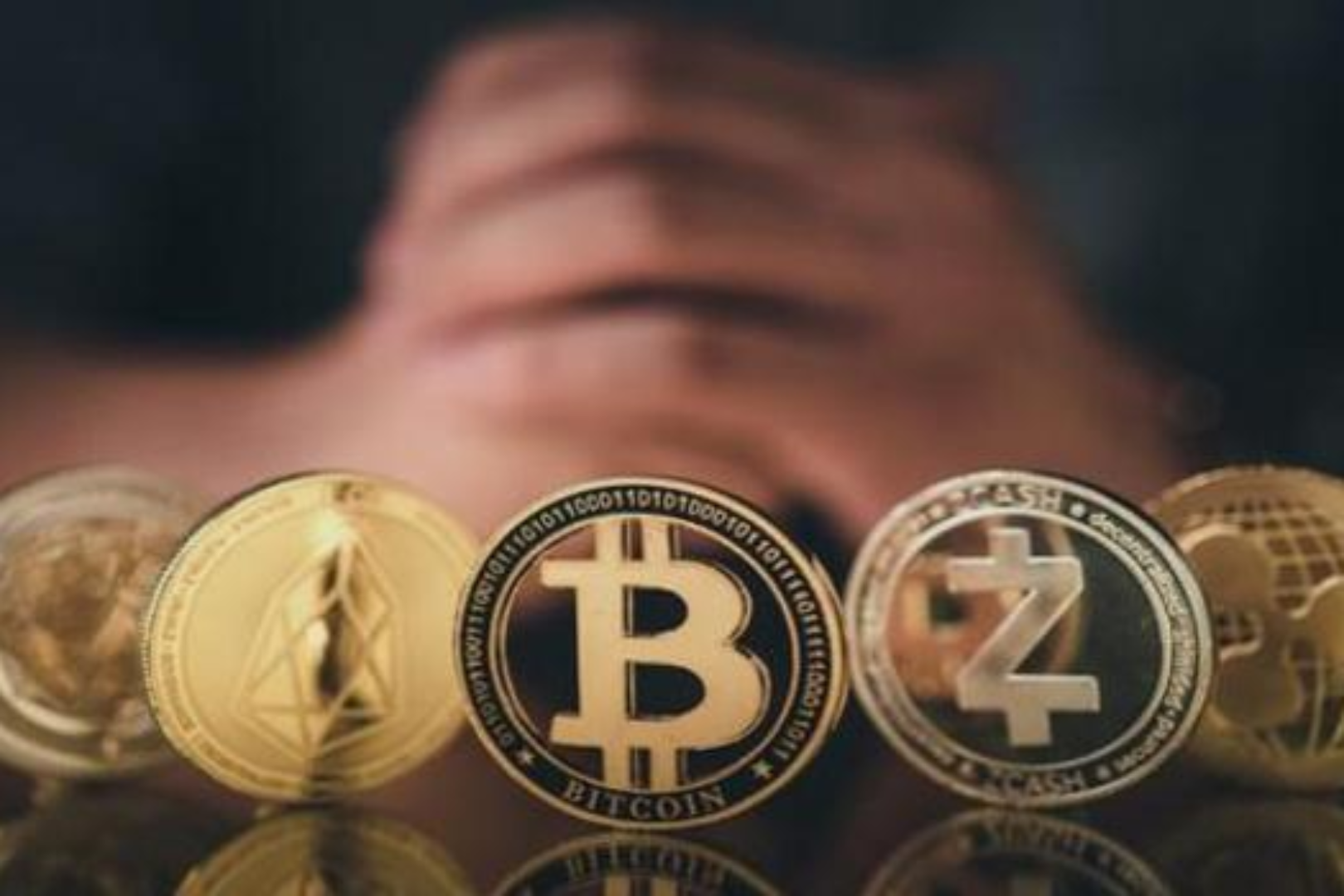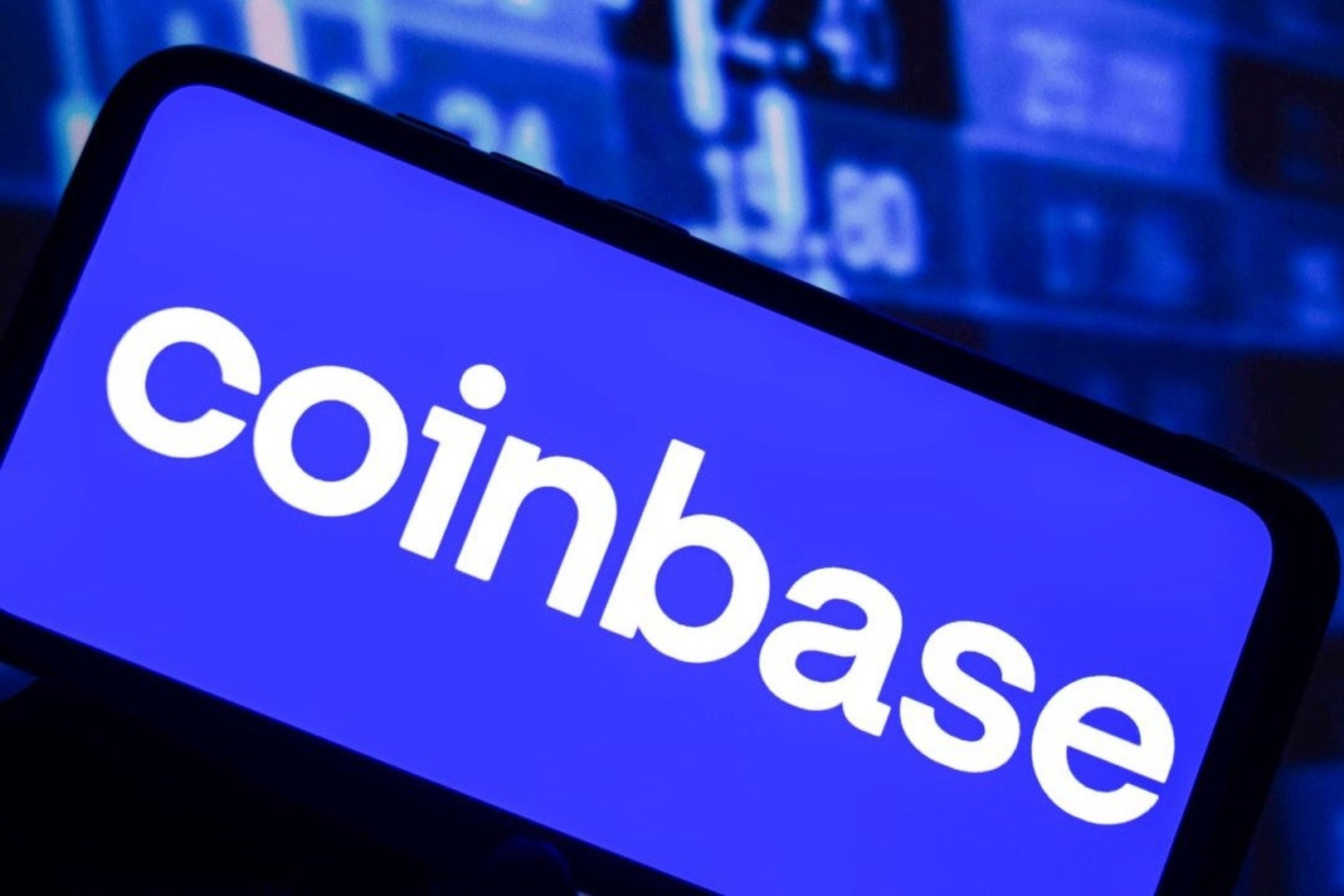Editor's Note: This article comes fromBabbitt Information (ID: bitcoin8btc)Editor's Note: This article comes from
Babbitt Information (ID: bitcoin8btc)
Babbitt Information (ID: bitcoin8btc)
Economist John Maynard Keynes' proposals ultimately failed at Bretton Woods in 1944, laying the groundwork for the US-centric international monetary system we know today. Bancor, a supranational currency created on the prototype of the French banque (bank gold), will be given its original conceptual form.
Automated Market Maker (AMM)
In other words, we didn't finally realize Keynes's idea until 2017. In homage to the ideas of Keynes, Keynes proposed a common, neutral unit of account to settle all international trade and maintain global trade balance. The idea of the Bancor protocol is to use the Bancor Network Token (BNT) as the inheritor of a certain Keynesian idea. Here, BNT will serve as the base trading pair for every token trading pair listed on the decentralized exchange (DEX) platform.
This article aims to provide a more in-depth look at the design of the Bancor protocol and how it has continued to evolve over the years. One area of particular focus is the innovations introduced by the latest Bancor V2.1, released in October 2020, to address existing pain points faced by liquidity providers on decentralized exchanges. That is, these are uncompensated losses caused by token portfolio price differences, as well as losses caused by forced two-way liquidity staking. Bancor’s solution to these problems has produced a compelling proposition (USP), which market players have begun to take notice of, driving adoption of the protocol in recent months.
BNT
Automated Market Maker (AMM)
Bancor is the pioneer of the Ethereum Automated Market Maker (AMM) model. Before the advent of AMMs, decentralized exchanges had to rely on traditional order-based quote matching to execute trades. However, Bancor chose to forego this traditional approach entirely, instead using a network of on-chain liquidity pools to pair token pools with each other. Then, users can trade according to the token pairs in these pools, and the transaction price is set algorithmically based on the user's trading volume and the depth of the corresponding token pool.
This new approach to market making is proving to be a paradigm shift in the decentralized exchange space. Traders now have guaranteed on-chain liquidity without the need for a counterparty through transparent up-front pricing. Token owners can also turn existing assets into productive assets by providing liquidity to these decentralized exchange pools, earning returns from the protocol swap fees charged for transactions made through the platform.
The eponymous Bancor token model is unique among existing decentralized exchanges. BNT is deeply integrated into the protocol as the base asset for pairing with ETH, and every ERC-20 token (token) listed on Bancor. By using Token A/BNT and Token B/BNT pairs, any given transaction between Token A and B will go through BNT as a "connector": Token A -> BNT -> Token B, vice versa.
In response to this problem, in November 2018, a competitor named Uniswap quickly emerged. This new AMM decentralized exchange completely removes the need for native tokens and allows anyone to build a liquidity pool between any token and ETH. This reduces friction for users and quickly attracts more and more liquidity providers (LPs) and traders, creating a positive feedback loop. Since then, Uniswap has become the juggernaut of the decentralized exchange space, consistently commanding the largest share of trading volume.
Despite the huge success of Uniswap and the rise of similar competitors such as SushiSwap, the Bancor team remained committed to iterating on their original product. With the release of Bancor v2.1 in October 2020, the combination of unilateral liquidity provision and no-loss insurance appears to be the proposed USP needed to make a breakthrough in the highly competitive decentralized exchange space. This is clearly reflected in metrics such as Total Volume Locked (TVL) and the growth in transaction volume since the protocol update.
image description
The total locked amount of the pool
Bancor monthly trading volume
Digging into the code
Bancor's new model is powered by a new elastic BNT supply mechanism. Elastic supply refers to the ability of the protocol to mint and burn BNT when needed. Due to the pairing with BNT in all liquidity pools, this is only triggered in certain situations.
text
The elastic supply model helps liquidity providers by providing a one-sided supply for any ERC-20 token, which is currently not possible on other decentralized exchanges. When choosing to provide one-sided liquidity for a particular token, the protocol injects matching tokens in the token/BNT pool to provide liquidity for the other side. The newly generated BNT is still in the pool and will be destroyed after the token liquidity provider recharges.
impermanence insurance
However, it is now possible for BNT to be unilaterally provided by other participants before the burn occurs. Any protocol-specified BNT balance in the liquidity pool can be replaced by BNT from external sources to meet the demand for unilateral liquidity supply from both tokens and BNT. This replacement is achieved by the protocol destroying the corresponding amount of BNT when receiving the BNT staked by the user.
Using protocol-based BNT for initial liquidity matching is a powerful feature that overcomes the chicken-and-egg problem without diluting the circulating supply of BNT. Any burning of BNT that eventually occurs (whether withdrawing from tokens or replacing BNT), will also include the protocol's share of swap fees accumulated from the pool. As long as the transaction occurs between the minting and burning events, this will result in a larger BNT shortage since the amount of BNT burned will be greater than the amount of BNT originally minted. Thus, the protocol automatically co-invests itself (up to a certain limit determined through community governance) and returns the profits earned to BNT, making it valuable.
impermanence insurance
This is especially important for the long-term viability of limited partners, as investment returns can sometimes exceed profits from swap fees. In the case of Chainlink’s token, its price rose 700% in value between April 2019 and 2020, resulting in a relative loss in value for liquidity providers on the LINK/ETH pair compared to holding the two assets separately More than 50%.
Additionally, Bancor's implementation is carefully designed to avoid hyperinflation due to unpaid losses. As mentioned earlier, gratuitous loss insurance is only "realized" when liquidity is withdrawn without a claimable payout in between. Since insurance payouts are backed by minted BNT, the cost of providing this insurance is theoretically borne by all BNT holders through dilution. But in practice, this cost has so far been fully covered by the return on swap fee income from the protocol investing in BNT.
Looking at the agreement’s activities from November 2020 to January 2021, for every $1 earned by the agreement, there is only $0.07 in unpaid loss compensation. Please note that all uncompensated loss insurance costs and swap fee income in the agreement are summarized here, which effectively disperses the uncompensated loss risk in all liquidity pools. This has resulted in an agreement to provide sustainable no-loss insurance for all LPs participating in the Bancor ecosystem.
image description
gratuitous loss
The Bancor team modeled the worst-case scenario for no-loss insurance payouts, assuming all LPs withdraw all liquidity simultaneously, with 100% coverage. As can be clearly seen from the graph below, the inflation due to implementing all the no-fee loss coverage provided in the protocol is only a small fraction of the total BNT supply. It is estimated that Bancor would only need around 4.2% of the current BNT supply to achieve full gratuitous loss coverage if all liquidity were withdrawn today. Any redemption of BNT will be subject to a 24-hour lockup to deter limited partners from making rash decisions.
The system also encourages long-term commitments by liquidity providers, as no-loss insurance is awarded in a progressive manner. The liquidity provider's funds will only be guaranteed at a daily growth rate of 1%, that is, the liquidity provider must provide 100 days of liquidity in order to obtain 100% guarantee when withdrawing funds. There is a minimum 30-day period before the no-loss coverage kicks in, so if liquidity is withdrawn early, no coverage will be provided.
No other index currently on the market offers a similar solution to uncompensated loss mitigation. The allocation of SushiSwap native tokens to liquidity providers can be used as an indirect method to offset unpaid losses, but this is not a targeted solution, and the distribution rate is not affected by any unpaid losses. THORChain has chosen to adopt the Bancor design, but the gratuitous loss coverage is covered by a limited protocol reserve. Buying options on tokens used to provide liquidity is another viable strategy, but this is not beginner-friendly and depends on the liquidity options market available for the token in question.
Given the heightened price volatility of various crypto-assets, no-loss insurance would help alleviate a major concern preventing more users from becoming liquidity providers. With the agreement-guaranteed no-compensation loss coverage in place, all liquidity provider positions are only exposed to potential upside risk over time as swap fees are earned.
liquid black hole
Banco Vortex
It’s worth reiterating that gratuitous loss insurance and one-sided liquidity also apply to BNT’s liquidity supply. This synergizes well with Bancor's ongoing liquidity mining incentives, as BNT rewards can be invested directly into liquidity pools. The incentive of compound interest rewards for BNT stakeholders helps to strengthen the depth of the protocol's liquidity pool, while doubling as a supply pool, minimizing the phenomenon of "mine being dug out". As of March 2021, 78% of BNT's rewards to liquidity providers have been re-staked.
This also helps to eventually increase the overall size of the pool due to the co-investment restrictions of the BNT protocol. As new univariate BNT is provided to the pool, which further replaces the BNT already generated in the protocol, there is more room for token liquidity. The symbiotic relationship here is clear, with token holders being rewarded for their contribution to the overall functional strength of the platform.
Additionally, Bancor's liquidity is highly concentrated as each token has only one pool on the platform - token/BNT. The token/token pairs introduced by Uniswap V2 tend to result in the fragmentation of available token liquidity into shallower pools (e.g. token/ETH, token/USDT, token/USDC, etc.). Greater liquidity leads to increased trading volume due to lower slippage, which in turn charges investors who hold BNT higher fees, ultimately making BNT more attractive for buying and re-staking the protocol.
Bancor’s latest product, the Bancor Vortex, takes BNT’s utility and capital efficiency to a new level, unlocking a whole new realm of possible use cases for vBNT tokens. vBNT is Bancor's governance token, which is minted by the unilateral BNT liquidity asset supply, and the tokens obtained by liquidity providers representing pool% ownership are doubled. Through Vortex, a BNT/vBNT liquidity pool is created, which allows BNT participants to exchange their vBNT for more BNT. This is actually a leverage method with no interest and no liquidation, and the upper limit is 1 times. Additional BNT earned by users can be exchanged for any supported token, or deposited into the protocol as a form of leveraged mining.
Ultimately, users only need to buy back the initial amount of vBNT positions (plus accumulated fees) through the same Vortex pool to unlock. The caveat here is that any debt that uses Vortex as incremental leverage is denominated in BNT. If the value of BNT increases, the value of the outstanding debt will increase accordingly (in USD terms).
In the near future, the protocol will implement additional swap fees and use these fees to buy and burn vBNT. This provides continuous upward price pressure to offset vBNT holders exchanging tokens for BNT.
Now let’s take a moment to consider the impact of this design on the circulating supply of BNT. In its current form, the additional utility gained by BNT liquidity providers helps encourage more participants to stake with BNT. Once the protocol vBNT buyback is implemented, it also essentially acts as a one-way bridge, depositing BNT into Vortex, gradually absorbing more BNT over time.
Things get even more interesting when projecting the long-term impact of this continued buyback activity. The total supply of existing vBNT is less than the BNT that generated it, leading to a hypothetical situation where 1 vBNT > 1 BNT. This creates an arbitrage opportunity where anyone can buy BNT, deposit into any liquidity pool to mint BNT at a 1:1 ratio, and sell to Vortex for more BNT than was initially purchased. With the principal and profit in hand, the arbitrageur will have no incentive to go back to the agreement to redeem the deposited BNT, and will keep it in the pool forever. This is another way for Vortex to bring externally circulated BNT into the protocol and bolster its liquidity reserves.
In the short term, this effect may not materialize as vBNT holders will be encouraged to swap their vBNT for BNT when the Vortex price peg tends towards 1:1. The closer the exchange rate is to parity, the less risk users take on creating Vortex leveraged positions. In any case, 1 vBNT > and 1 BNT also results in the protocol effectively "paying" existing vBNT holders to take on the leverage. Either way, positions acquired using BNT help create "sticky" liquidity, attracting more BNT into the Bancor system.
We also need to discuss potential limitations of the Bancor model. The core functionality in v2.1 is ultimately subject to a governance whitelisting process where only approved tokens benefit from unilateral liquidity provision and no-fee loss insurance, limiting potential growth. Any liquidity mining rewards in liquidity pools must also be approved by the same governance and must be renewed after 12 weeks.
future outlook
New startups that have not yet been established are less likely to be approved for the whitelist. Therefore, these projects have no incentive to increase Bancor's liquidity given the inconvenience of acquiring BNT.
Stablecoin pools were also found to contribute significantly to Bancor’s cost of no-loss insurance. The stronger the market trend in either direction, the higher the price deviation for any stablecoin/BNT pair.
future outlook
Having established the foundation of a full-fledged automated market maker, Bancor is very optimistic about the future. Facing fierce competition for market dominance, the Bancor team continues to venture boldly into uncharted territory in decentralized exchange design, differentiating their offering and seeking ways to add value to the industry. Market leaders Uniswap and SushiSwap could stand to cash in on a bunch of Bancor’s upcoming offerings:
Original Pool: Bancor's alternative to the SushiSwap Onsen program, by incentivizing new projects to go public on Bancor and providing unilateral gratuitous loss protection.
Shadow Coin Stablecoin Pool: Bancor's own stablecoin exchange pool, a decentralized exchange that attracts TVL and Curve as the main stablecoins for exchange
Layer 2 scaling: Bancor may be the first decentralized exchange to launch on the Arbitrum mainnet, scheduled for Q2 2021





